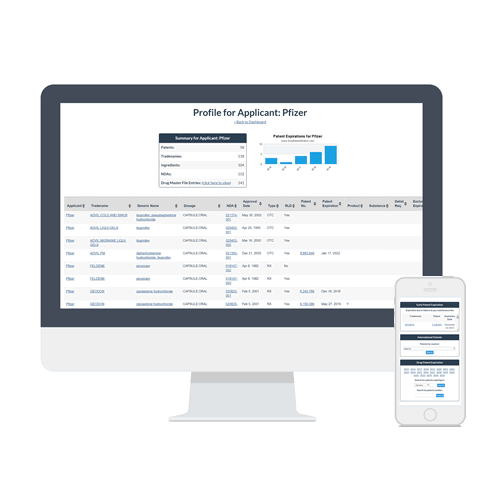
The generic drug market has experienced significant growth over the past few decades, driven by the expiration of patents on branded drugs and the increasing demand for affordable healthcare solutions. However, the industry faces several challenges, including commoditization, regulatory hurdles, and intense competition. To succeed in this market, generic drug manufacturers must adopt innovative strategies that balance quality, cost, and market demand.
Table of Contents
Developing Higher-Value Generics
One key strategy is to focus on developing higher-value generics that offer differentiated products with improved efficacy, safety, or convenience. This approach not only enhances the competitive edge but also addresses the growing need for complex and specialized generics, such as biologics and drug-device combinations.
Patent Strategies and Regulatory Pathways
Effective patent strategies are crucial for generic drug manufacturers. This includes identifying and challenging weak secondary patents, negotiating settlements with brand-name manufacturers, and leveraging regulatory pathways like the Hatch-Waxman Act to expedite approvals. A clear patent strategy helps evaluate market entry timelines and informs the development and regulatory strategies for the product.
Managing Complexity and Quality
The generics industry is becoming increasingly complex, with a growing share of hard-to-make and specialized drugs going off-patent. To succeed, manufacturers must maintain a lean structure while striving for cost leadership and quality control in manufacturing. This includes reducing obsolescence rates, improving service levels, and ensuring compliance with regulatory standards.
Competitive and Flexible Production
A competitive and flexible production setup is essential for generics companies. This involves producing a broad portfolio of products to meet customer and patient demand, while maintaining the ability to adapt quickly to market changes and new product launches.
Organizing for Constant Change
Finally, generic drug manufacturers must be equipped to handle constant change. This includes having the right systems and processes in place, as well as a culture that fosters innovation and adaptability. Ultimately, success in the generics market depends on having people with a true “generic mindset” who can navigate the complexities and challenges of this dynamic industry.
Conclusion
Succeeding in the generic drug market requires a multifaceted approach that balances innovation, quality, and cost. By developing higher-value generics, leveraging patent strategies and regulatory pathways, managing complexity and quality, maintaining competitive production, and organizing for constant change, generic drug manufacturers can thrive in this competitive landscape.
References
- KPMG. (2023). Generics 2030: Three strategies to curb the downward spiral.
- Commonwealth Fund. (2017). Strategies That Delay Market Entry of Generic Drugs.
- Duane Morris. (2015). Bringing Your Pharmaceutical Drug to Market.
- McKinsey. (n.d.). Generating value in generics: Finding the next five years of growth.
- LinkedIn. (2019). How to succeed in generics: It’s simple, but…


